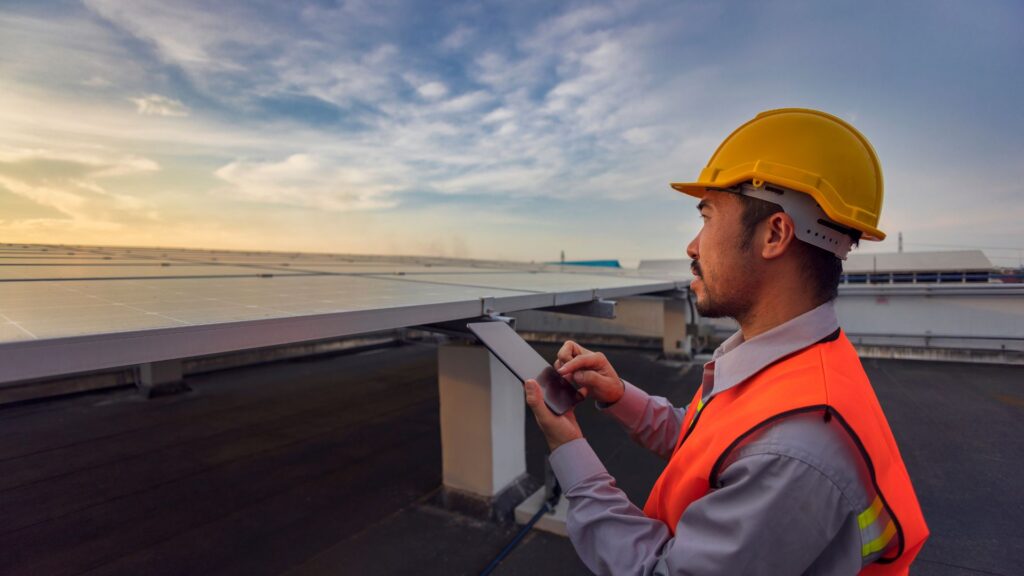The roof of a commercial property is more than just a structural component; it’s a critical asset that protects the building, its contents, and its occupants from the elements. Neglecting roof maintenance can lead to severe consequences, including costly repairs, disruptions in operations, and even compromised safety. This guide, brought to you by Shield Roofing, aims to shed light on the significance of regular roof maintenance and how it can safeguard the longevity and functionality of commercial roofing systems.
Why Regular Roof Maintenance is Essential

Preventing Costly Repairs: Regular maintenance can catch minor issues like small leaks or loose fixtures before they evolve into major problems. For example, a routine inspection might reveal a minor puncture in the membrane that, if left unchecked, could allow water to infiltrate, causing extensive damage to the insulation and deck below.
Extending Roof Lifespan: A well-maintained roof can far exceed its expected lifespan, offering significant long-term savings. Regular cleaning and timely repairs help maintain the roof’s integrity, ensuring it continues to perform its protective role effectively for as long as possible.
Ensuring Safety and Compliance: Beyond protecting the building’s interior, a well-maintained roof ensures the safety of the building’s occupants. It also ensures that the property remains compliant with local building codes and regulations, which often include standards for roofing maintenance and performance.
Common Roofing Issues Prevented by Maintenance
Leaks and Water Damage: One of the most common issues faced by commercial properties is roof leaks. Regular maintenance helps identify potential weak spots or existing leaks that can lead to interior water damage, mold growth, and damaged inventory.
Structural Damage: Ignoring roofing maintenance can lead to severe structural damage. Water infiltration can weaken the building’s support structure, while clogged drainage can cause water to pool, adding undue stress to the roof structure.
Energy Inefficiency: A well-maintained roof contributes significantly to a building’s overall energy efficiency. Inspections can reveal areas of inadequate insulation or air leaks that, once addressed, can improve thermal performance and reduce energy costs.
Components of a Roof Maintenance Plan
Regular Inspections: Professional inspections should be conducted at least twice a year, in the spring and fall, to assess the roof’s condition and identify any issues. These inspections can uncover hidden problems that might not be apparent to the untrained eye.
Routine Cleaning: Keeping the roof clean of debris, dirt, and other obstructions is essential for preventing water pooling and ensuring drainage systems work effectively. This simple step can significantly extend the life of the roof.
Immediate Repairs: Addressing repair needs promptly is crucial. Even minor issues can quickly escalate into significant problems if ignored. Establishing a relationship with a trusted roofing contractor ensures that repairs are completed efficiently and effectively.
Establishing a Roof Maintenance Plan
Working with Professionals: Partnering with a roofing professional like Shield Roofing ensures that your maintenance plan is comprehensive and tailored to your specific needs. Experienced contractors can offer invaluable advice on preserving your roof’s integrity.
Maintenance Schedule: Creating a detailed maintenance schedule helps ensure that inspections, cleanings, and repairs are carried out regularly. This schedule should consider the roof’s age, material, and the local climate, among other factors.
Documentation and Record-Keeping: Keeping detailed records of all maintenance activities, inspections, and repairs is crucial for warranty purposes and can be invaluable in the event of an insurance claim. This documentation should be thorough and easily accessible.
The Role of Technology in Roof Maintenance
Innovative Tools and Techniques: Advancements in technology, such as drones for aerial inspections and infrared imaging for detecting moisture, have made it easier and more efficient to identify potential roofing issues. These tools allow for non-invasive inspections that can save time and money.
Maintenance Software: Utilizing maintenance management software can streamline the scheduling and documentation of roofing maintenance activities. These systems can help track the history of inspections, repairs, and other maintenance tasks, ensuring nothing is overlooked.
Regular maintenance is the cornerstone of a healthy commercial roofing system. It prevents costly repairs, extends the roof’s lifespan, ensures safety, and maintains compliance with building codes. By establishing a comprehensive maintenance plan, utilizing the latest technology, and partnering with experienced professionals like Shield Roofing, commercial property owners and managers can protect their investment and ensure their roofing system remains in optimal condition.
Don’t let your commercial property’s roofing needs go unaddressed. Contact Shield Roofing today to discuss how we can assist you in developing a robust roof maintenance plan that safeguards your property. Our team of experts is equipped with the knowledge, tools, and technology to provide top-tier maintenance services, ensuring your roof continues to protect your property for years to come. Let us help you take a proactive approach to roof maintenance, maximizing your investment and ensuring

